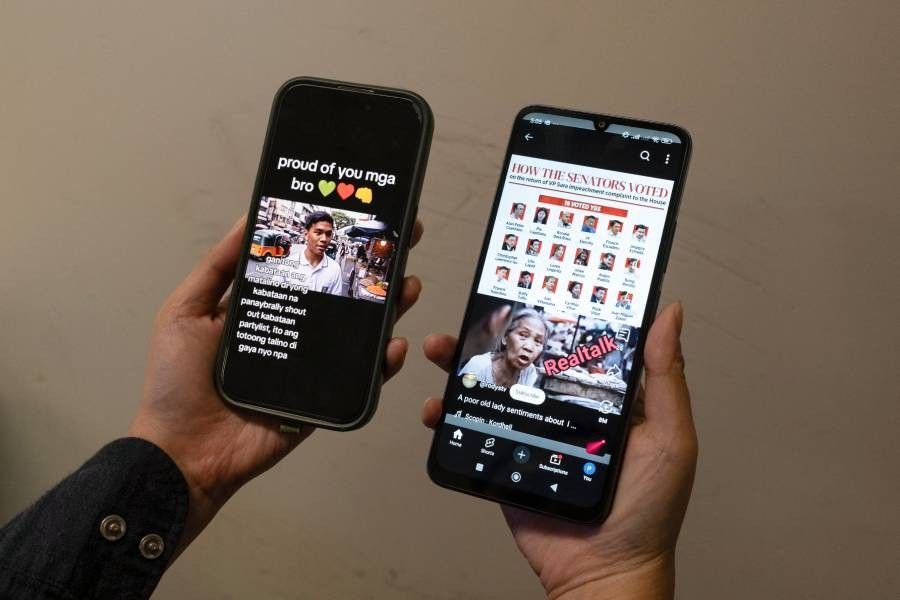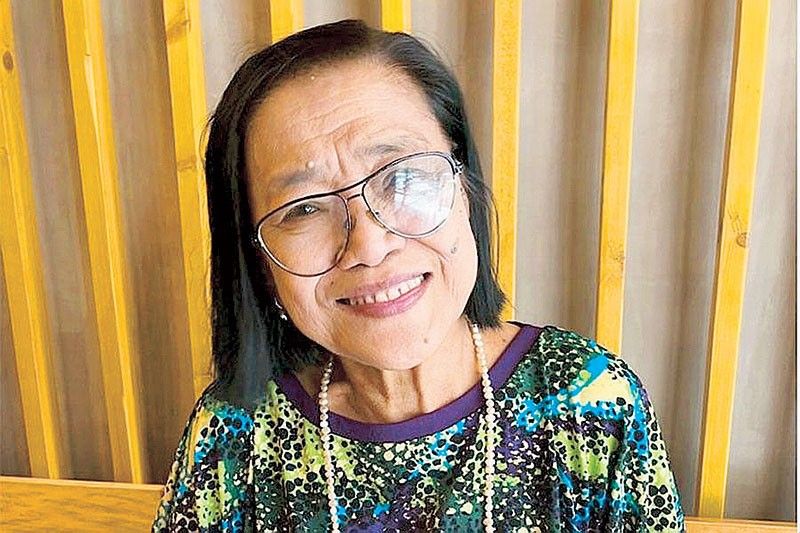
Upgrade to High-Speed Internet for only ₱1499/month!
Enjoy up to 100 Mbps fiber broadband, perfect for browsing, streaming, and gaming.
Visit Suniway.ph to learn
In this photo taken on Jan. 18, 2024, a medical worker gets a blood sample from Efifanio Brillante (not pictured), a patient for the BPaL regimen for the drug resistant tuberculosis, during a consultation at a hospital in San Fernando, Pampanga.
AFP / Jam Sta Rosa
MANILA, Philippines — State health insurer PhilHealth plans to cover 18% of hospital costs incurred by Filipinos by 2025, with a goal of increasing coverage to 28% by 2028, according to its Senior Vice President Renato Limsiaco Jr.
The announcement was made during the fourth round of Supreme Court oral arguments on the controversial transfer of PhilHealth’s ?89.9 billion in excess funds to the national treasury.
During the hearing, Associate Justice Jhosep Lopez pressed Limsiaco on PhilHealth’s coverage goals, asking about the ideal case rate to fulfill the Universal Health Care Act’s (UHCA) mandate that “no Filipino family should suffer as a consequence of one sickness.” Lopez suggested a target of 50% coverage, far higher than PhilHealth’s projections.
Limsiaco responded that such extensive coverage is already implemented in government-run hospitals through a "no balance billing" policy. “Meaning, patients don't have to pay in those hospitals,” he said, referring to patients incurring no out-of-pocket expenses in public facilities.
Behind the issue. The Supreme Court halted the transfer of ?29.9 billion in unused PhilHealth funds on Oct. 29, 2024, following earlier transfers totaling ?60 billion throughout 2024. These funds were reallocated to finance unprogrammed appropriations under the General Appropriations Act (GAA) of 2024, including health and social services projects.
PhilHealth reported that the ?89.9 billion excess funds originated from three fiscal years: ?27.1 billion in 2021, ?24 billion in 2022, and ?38.8 billion in 2023. Critics argue that these funds should have been used to enhance member benefits as mandated by Section 11 of the UHCA.
Challenges to universal health care. PhilHealth’s current coverage goals point to broader difficultire in implementing universal health care in the Philippines.
Under the UHCA, all Filipinos are entitled to equitable access to health services without financial hardship. However, systemic issues such as fragmented local health systems and funding gaps have hindered progress.
Next steps. The Supreme Court is expected to resume oral arguments on April 3 and may extend proceedings into April 4 if necessary. A ruling on the constitutionality of the fund transfers is anticipated soon.

 3 months ago
28
3 months ago
28



